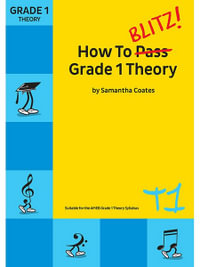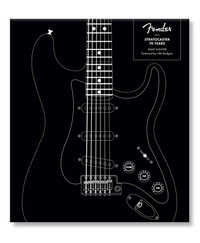
A Chord in Time
The Evolution of the Augmented Sixth from Monteverdi to Mahler
By: Mark Ellis
Paperback | 9 September 2016
At a Glance
Paperback
$149.45
Aims to ship in 7 to 10 business days
ISBN: 9781138250932
ISBN-10: 1138250937
Published: 9th September 2016
Format: Paperback
Language: English
Number of Pages: 268
Audience: College, Tertiary and University
Publisher: Taylor & Francis Ltd
Country of Publication: GB
Dimensions (cm): 23.39 x 15.6 x 1.42
Weight (kg): 0.36
Shipping
| Standard Shipping | Express Shipping | |
|---|---|---|
| Metro postcodes: | $9.99 | $14.95 |
| Regional postcodes: | $9.99 | $14.95 |
| Rural postcodes: | $9.99 | $14.95 |
How to return your order
At Booktopia, we offer hassle-free returns in accordance with our returns policy. If you wish to return an item, please get in touch with Booktopia Customer Care.
Additional postage charges may be applicable.
Defective items
If there is a problem with any of the items received for your order then the Booktopia Customer Care team is ready to assist you.
For more info please visit our Help Centre.
You Can Find This Book In
This product is categorised by
- Non-FictionArts & EntertainmentMusicTheory of Music & Musicology
- Non-FictionArts & EntertainmentMusicMusic Styles & GenresWestern Classical Music & OperaClassical Music from 1750 to 1830
- Non-FictionArts & EntertainmentMusicMusic Styles & GenresWestern Classical Music & OperaRomantic Music from 1830 to 1900
- Non-FictionArts & EntertainmentMusicMusic Styles & GenresWestern Classical Music & OperaBaroque Music from 1600 to 1750
- Non-FictionArts & EntertainmentMusicMusic Styles & GenresWestern Classical Music & OperaMedieval & Renaissance Music from 1000 to 1600
- Non-FictionArts & EntertainmentMusicMusic Styles & GenresSoul & R 'n' B
- Non-FictionArts & EntertainmentGeneral Issues in Art























